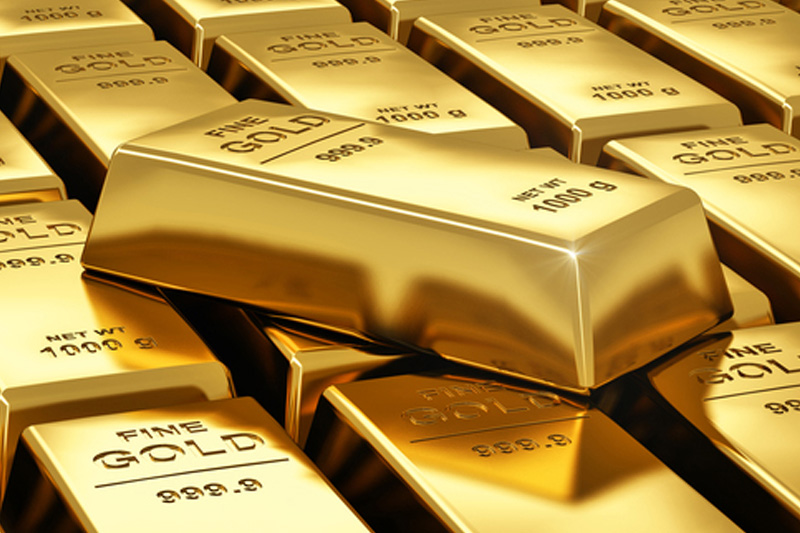By Barani Krishnan
Investing.com - Gold bulls aren’t giving up their determination to return to $2,000 and above. But the bears, who want to keep the yellow metal off that perch, are helped by supporters of the dollar, who want to bolster the greenback despite doom for yields spelled by new Fed policy.
Tuesday saw much of the gyration evident in gold in recent weeks as futures on Comex crossed the $2,000 mark for the first time in 10 sessions only to fall almost $30 from the day’s high.
The benchmark December gold futures on Comex settled up just 30 cents, or 0.01%, at $1,978.90 per ounce, backtracking from the session high of $2,000.65 to reach an intraday low of $1,971.30.
The spot price of gold, which reflects trades in bullion, was up $3.16, or 0.2%, at $1,970.96 by 2:00 PM ET (18:00 GMT). It peaked at $1,992.41 earlier. Technicals show that a hold above $1,970 will be crucial for spot gold to continue its ascent.
The session high in Comex futures reached on Tuesday is just about $15 short of the August 19 peak of $2,015.60, although it remains almost $90 away from the August 7 record high of $2,089.20. As of now, there’s no certainty if the August volatility in gold would recur, or if the market would continue rising in a more steady fashion. While gold futures dipped by a net 0.4% last month, they posted non-stop gains between March and July, rising $420, or 27%.
The dollar was again the trigger for Tuesday's volatility in gold.
The Dollar Index, which pits the greenback against a basket of six major currencies, hit a two-week low of 91.737 in Asian trading to propel gold.
But in the New York session, the index clawed back into the green lane, reaching a session high of 92.388 eventually with the help of upbeat U.S. Manufacturing PMI data and somewhat positive, if not volatile, Treasury yields, that posed fresh headwinds to gold.
Most analysts seem to agree that gold’s return to above $2,000 is inevitable with Fed policy targeting higher inflation over time before any hike can be carried out in lending rates, now standing at an ultra-low of zero to 0.25%. The question is how soon the yellow metal will get back there.
Fed Governor Lael Brainard, following up with the revised inflation approach unveiled by Chairman Jay Powell last week, said on Tuesday the U.S. economy remained under considerable threat from uncertainties related to the coronavirus crisis, and accommodative monetary policies were critical to avert risks tilted to the downside.
After Brainard, New York Fed President John Williams will be the next official of the central bank scheduled to speak on Wednesday.
Aside from Fed speeches, investors will also be looking out for two sets of U.S. jobs data this week that will decide the direction for markets.
Weekly jobless claims, due on Thursday, are expected to come in at 980,000 versus last week’s 1.006 million.
August non-farm payrolls, due on Friday, are expected to have grown by 1.4 million jobs, after a 1.76-million addition in July.
